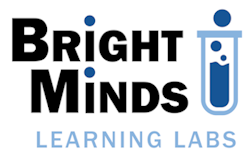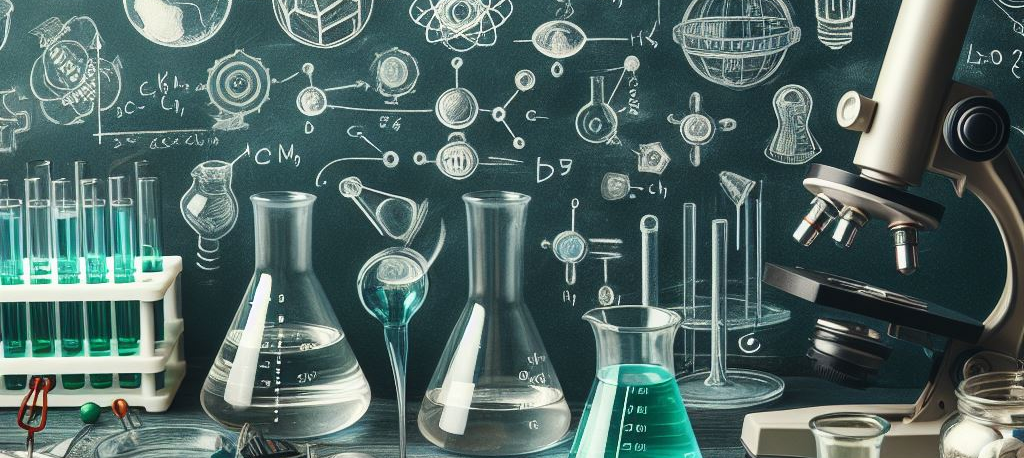Why Youth Need STEM Labs
Introduction
In today’s rapidly evolving world, science, technology, engineering, and mathematics (STEM) play a crucial role. To prepare our youth for the challenges ahead, we must provide them with more than just theoretical knowledge. Hands-on, experiential learning is the key to unlocking their potential and fostering a deep understanding of STEM concepts. Let’s delve into why hands-on labs are essential for our young learners.
1. Engagement and Motivation
- Real-Life Applications: Hands-on labs allow students to apply STEM concepts in real-world situations. When they see practical applications, their interest and excitement in these subjects soar. Active participation in experiments engages their minds and fuels curiosity.
- Critical Thinking: Analyzing and applying what they learn during hands-on experiences enhances critical thinking skills. Students actively engage with the material, leading to better retention and understanding.
2. Improved Student Understanding and Retention
- Beyond Rote Memorization: Hands-on activities take learning beyond memorization. Students learn how to apply STEM concepts to solve problems and answer questions. For example, creating a budget and applying it to daily life demonstrates the relevance of math and financial literacy.
- Deeper Understanding: Active participation leads to better retention. When students see the practical implications of what they learn, they remember it more effectively.
3. Skills for the Real World
- Problem-Solving and Collaboration: Hands-on learning teaches students how to analyze information, develop solutions, and evaluate their effectiveness. These problem-solving skills are transferable to various real-life situations, both academically and professionally.
- Group Work: Collaborating in labs fosters teamwork, active listening, and compromise. These skills are invaluable in any career.
4. Promoting Creativity and Innovation
- Exploration and Creativity: Hands-on labs encourage experimentation. Students learn that failure is an opportunity for growth. This mindset promotes creativity and innovation, essential qualities for future scientists, engineers, and inventors.
Conclusion
Hands-on labs are not just about test tubes and microscopes; they are the gateway to a brighter STEM future. By engaging our youth in experiential learning, we empower them to tackle real-world challenges with confidence and creativity. Let’s nurture their curiosity, ignite their passion, and build a generation of STEM leaders!

